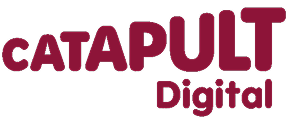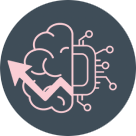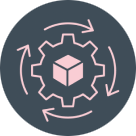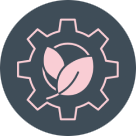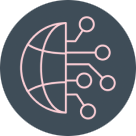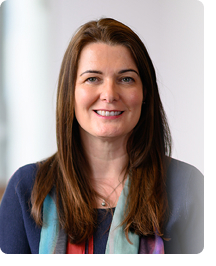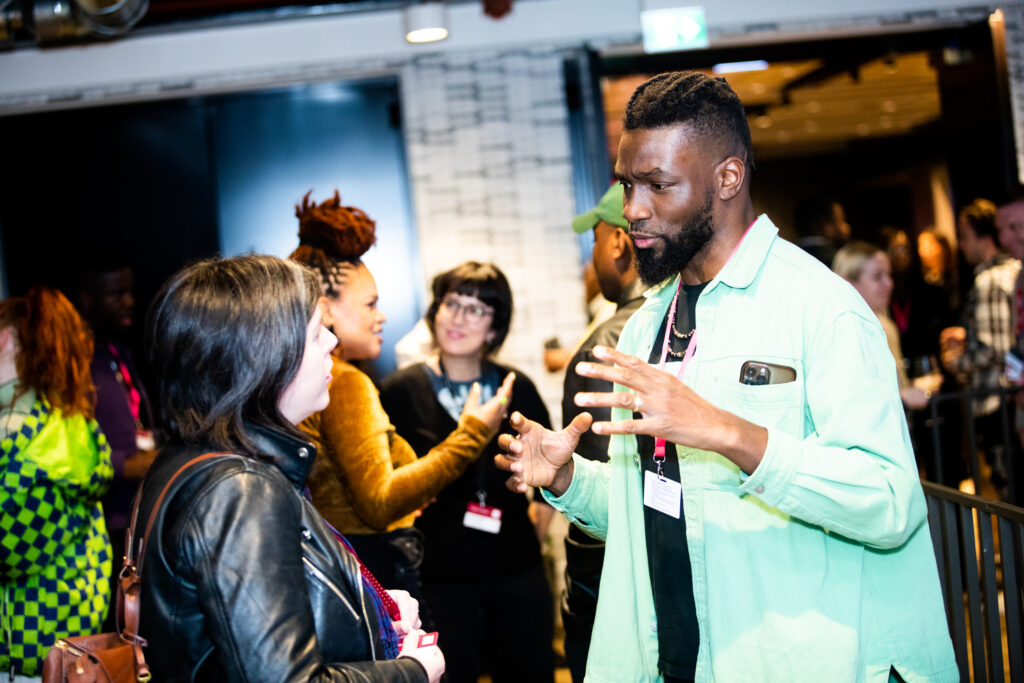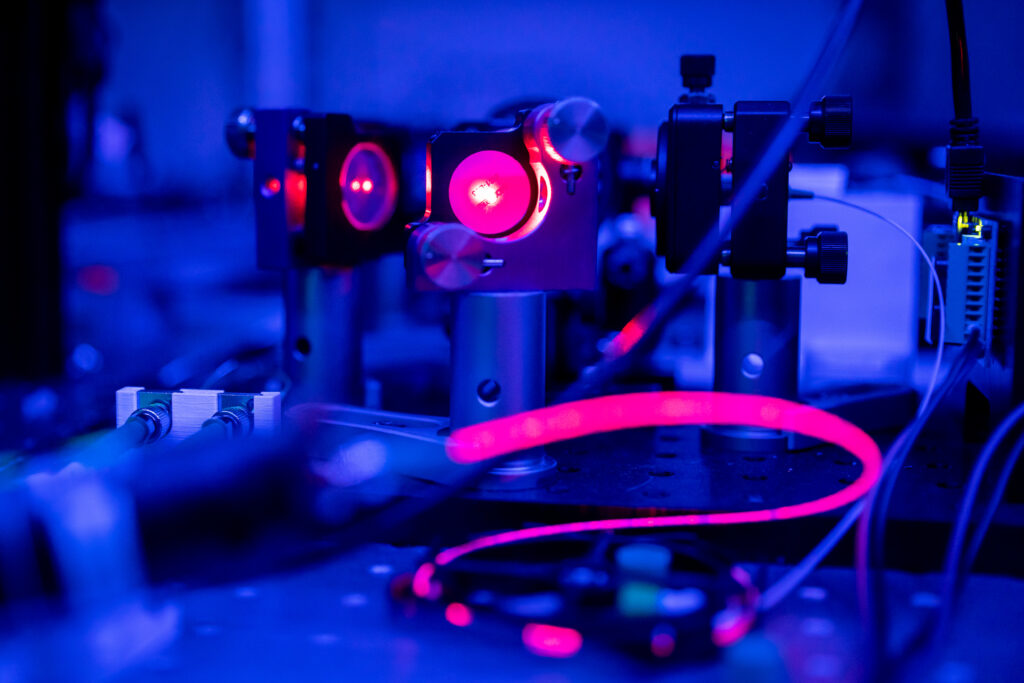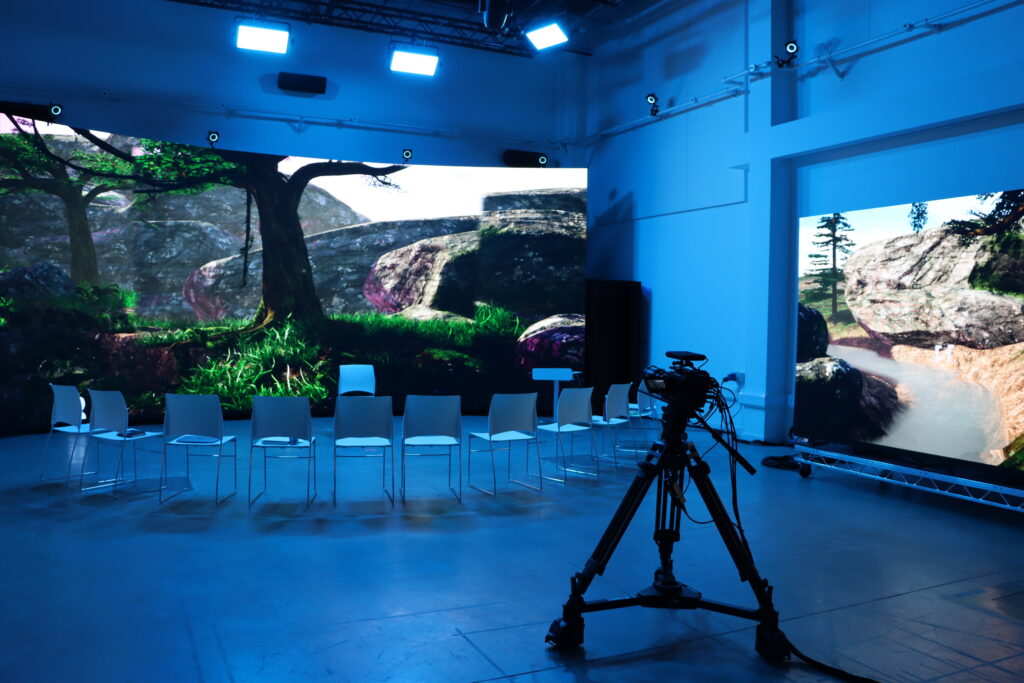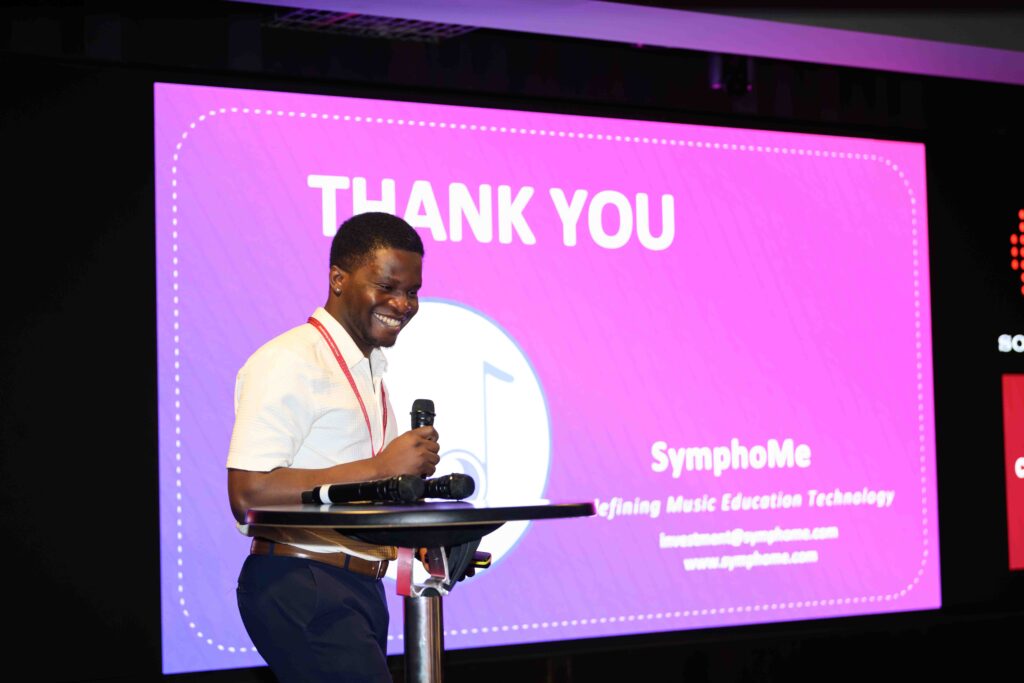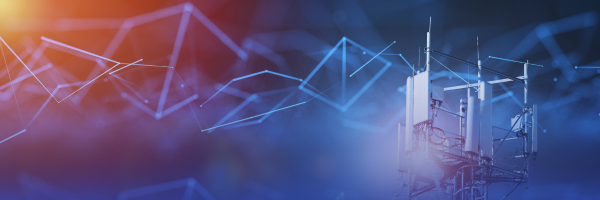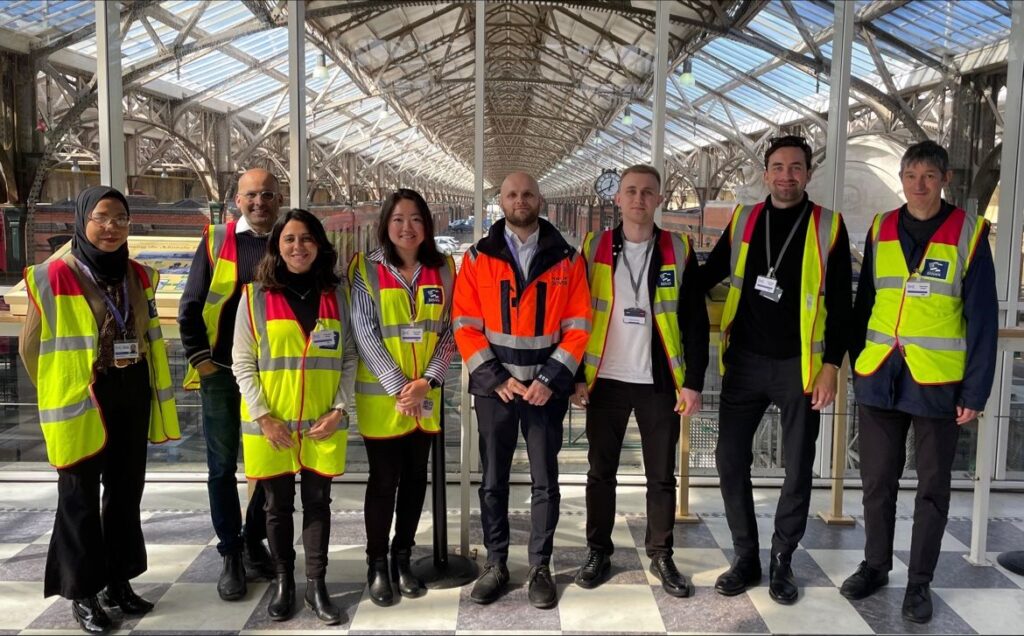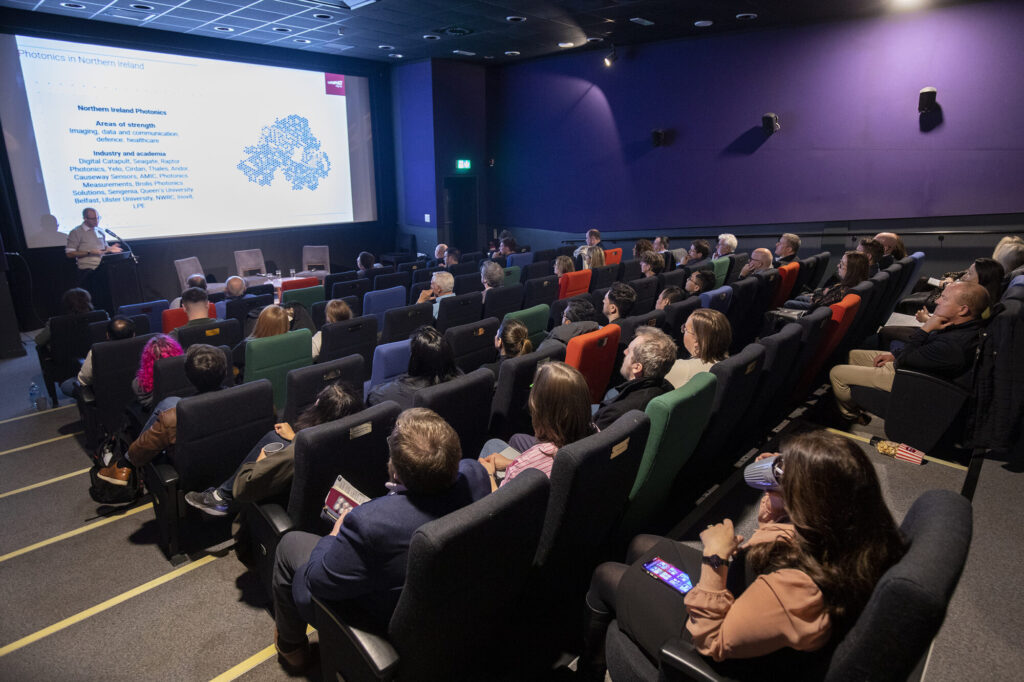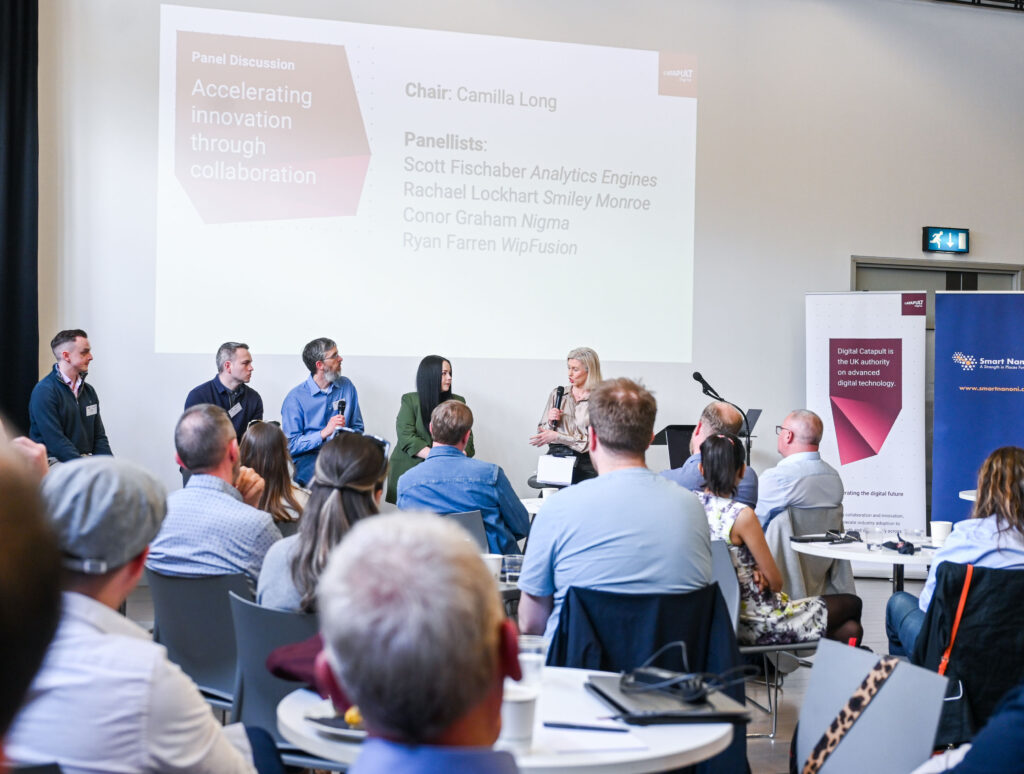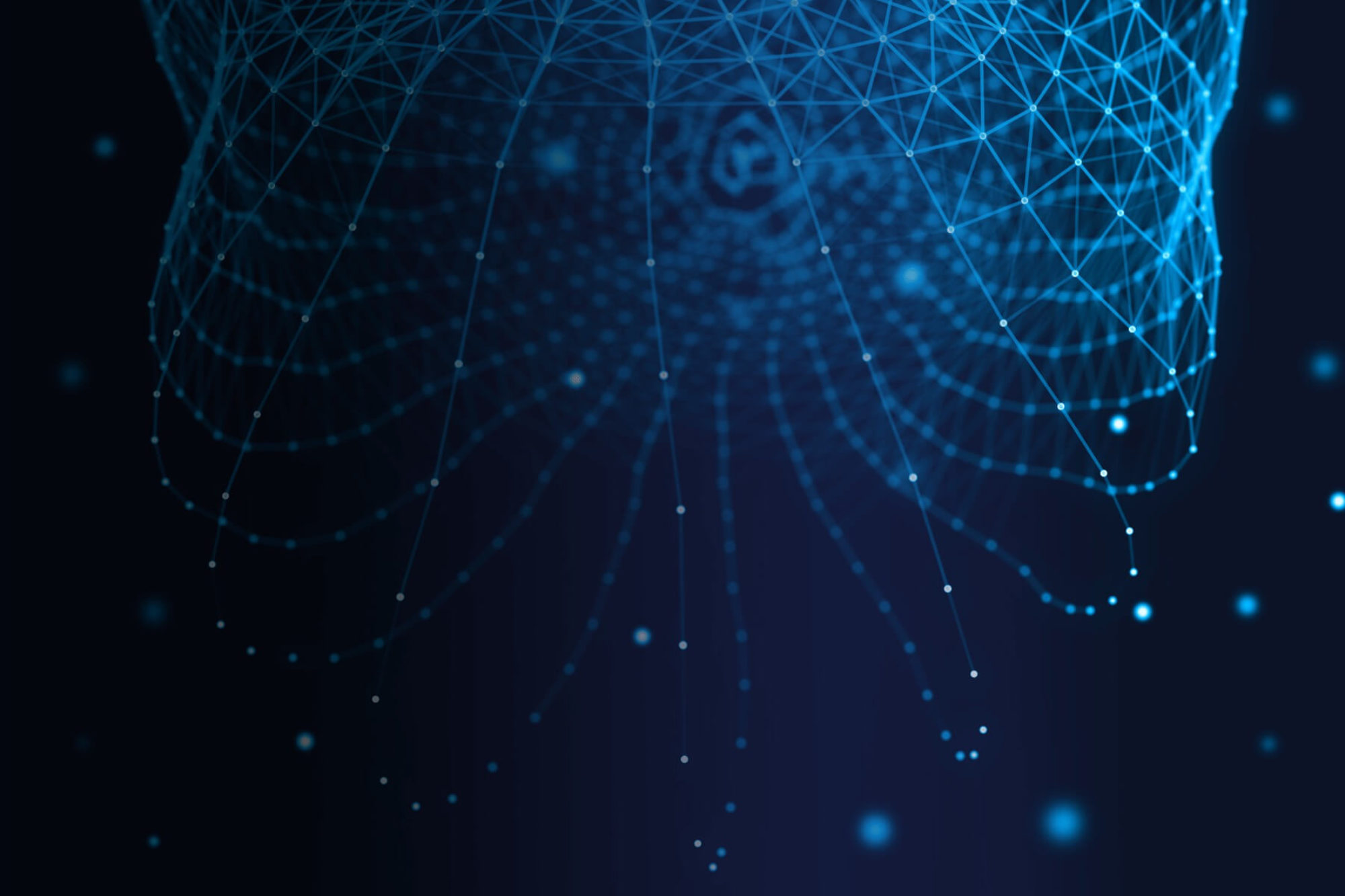Semantic Interoperability put under the microscope at ETSI IoTweek in France.
 Ask those who are in the know about interoperability and more often than not they will know exactly what you are talking about. For, after all, interoperability is all about devices communication with one another using a common language. But what happens if one device is speaking English and the other Italian? Well that’s where semantic interoperability comes to the fore.
Ask those who are in the know about interoperability and more often than not they will know exactly what you are talking about. For, after all, interoperability is all about devices communication with one another using a common language. But what happens if one device is speaking English and the other Italian? Well that’s where semantic interoperability comes to the fore.
By definition, semantic interoperability is the ability of computer systems to exchange data with unambiguous, shared meaning. Semantic interoperability creates the common language that allows devices to communicate with one another and by virtue of that, it drives true interoperability. Without semantic interoperability and tools to annotate the information created by different IoT service, sharing data in a useful way is rendered virtually impossible.
This makes new IoT systems easier to combine and recombine, merge and generate information that can be shared across different domains and services.
Promoting the importance of IoT in a connected landscape, semantic interoperability recently took centre stage at the ETSI IoTweek in France
This was an event that I was privileged to attend. The week focused on IoT and in particular interoperability aspects, the existing challenges and ongoing initiatives. Those initiatives are aimed at eradicating the gaps in creating global IoT networks where data created within one system can be consumed in a different one.
Besides other architectures, oneM2M architecture and ontologies and their different applications in the smart cities and smart home contexts were showcased. oneM2M is a global organisation that creates requirements, architecture, API specifications, security solutions and interoperability for Machine-to-Machine and IoT technologies. oneM2M specifications provides a framework to support a wide range of applications and services such as smart cities, smart grid, connected car, home automation, public safety, and health.
There is no doubt that interoperability will be an important factor in ensuring success in the smart energy domain. Smart energy represents an environment where the production of energy meters, domestic appliances and an IoT network that facilitates the exchange of data and commands, can make energy distribution grids smarter by reducing the cost of consumption for consumers and improving supplier productivity.
It’s not just about making our planet greener, but also breaking the silos where IoT information is generated and consumed. To facilitate that, there are a couple of other initiatives being investigated:
- ETSI is working on the SAREF for Energy Ontology, which is largely used in the context of smart homes to describe energy related data and applications.
- W3C is working on the Web of Things (WoT), which is not a standard but rather a set of best practices and recommendations derived from the web programming and services built and adapted to the IoT development.
The second initiative has been undertaken to facilitate the way data can be collected and off the back of that, commands dispatched to smart appliances and devices. For instance, a washing machine providing WoT APIs can self-schedule its tasks to be more cost-effective by receiving real-time and up-to-date tariff information directly from the energy supplier.
The development of smart homes and smart cities
 Another major focus at the ETSI IoTweek was on a variety of different technologies and radio standards, used to interconnect IoT objects and their data to the Internet so as to support the development of future applications. It’s on top of these protocols that the semantic interoperability does the magic of making data interoperable.
Another major focus at the ETSI IoTweek was on a variety of different technologies and radio standards, used to interconnect IoT objects and their data to the Internet so as to support the development of future applications. It’s on top of these protocols that the semantic interoperability does the magic of making data interoperable.
These technologies are divided into short range and long-range solutions. While it was noted that short-range solutions are deemed suitable for smart homes scenarios, long-range solutions are growing faster, specifically in the context of smart cities and digital manufacturing.
Investigating short-range solutions further, there were presentations on Zigbee 4.0 and its recently launched application development language, Dotdot. On the long-range side, there was a series of presentations that highlighted that different bodies and organisations are fighting to gain dominance in this market space via the use of well-known technologies such as SigFox, LoRaWAN, NB-IoT, LTE-M and other GSMA activities (e.g., E-GSM) in the mobile IoT space. Nokia presented their roadmap that included the MulteFire technology, which although deemed important, was seen to be a new entry into an already crowded space.
If you’ve not heard of it before, MulteFire LTE-like technology is deployed, like WiFi, on an unlicensed spectrum and is guaranteed to be compatible with 3GPP MNO networks and LTE-based security (both SIM and SIM-free). It’s been deemed particularly suitable for Industrial IoT use cases, where data needs to be privately exchanged.
Interesting to note during the panel discussions was that it was abundantly clear that there is no one size fits all solution for deploying smart cities and manufacturing IoT testbeds. Choice will depend on specific application requirements before any of the above technologies can be selected.
The remaining part of the ETSI IoTweek centred on a series of discussions that focussed on the security and privacy challenges in the IoT arena. Top priority was the security certification of IoT devices and discussions identified that a simple certification model needs to be created. The EU Project, ARMOUR, appears to be the front-runner in the quest to bridge the security gap, achieved by providing a platform that can be used to test and certify the security level and compliance of IoT protocols and solutions.
Being able to exchange information between applications, databases, and other computer systems is crucial for the modern economy. Because, after all, what good is any system if it does not operate with other systems.
It is clear that in order to be sure that such interoperability exists, whether it is achieved by using semantic techniques at application level, therefore at communication level it might be not enough just implementing the same protocol. Each protocol might have different nuances of implementations. Testing becomes crucial and there is the need for tests to be performed in a seamless way and made accessible to everybody.
If you want to know more about the platform and contribute, read more here.
Addendum
The EU H2020 F-Interop project, which Digital Catapult is working on, is building a platform for online remote interoperability and performance test tools for emerging IoT-related technologies. We are constructing a modular architecture that currently supports 6TiSCH, CoAP and OneM2M protocols testing. New protocols are continuously added.
